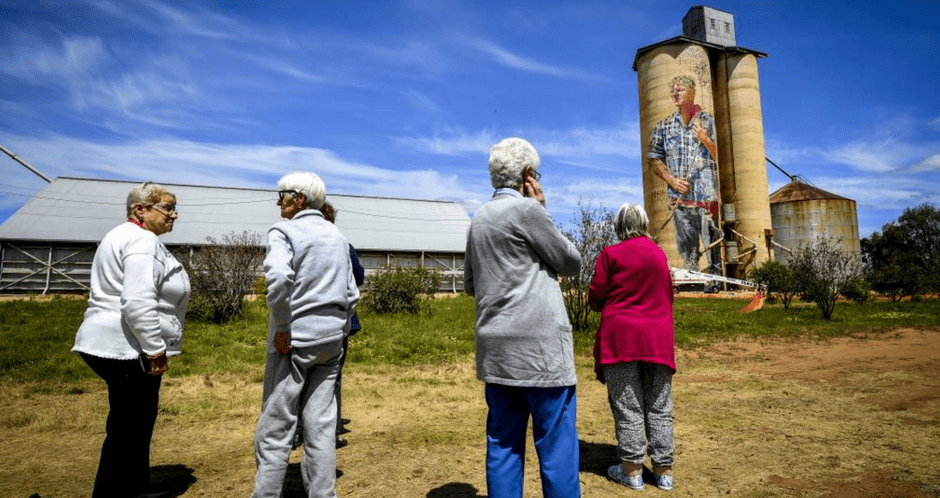
Back in 2014 I encouraged the aged care and disability sectors to “move out of the silos” and share services, including sharing staff. I believe more firmly than ever that this needs to happen.
I said back then there are undoubtedly common skills and attributes required of workers from both sectors. I suggested that a whole-of-industry workforce plan would provide for flexibility in the sector, making it easy for staff to cross over, work across both sectors and help alleviate the looming problem of skilled staff shortages. This plan would need to look at the competencies being taught, which are largely very similar between the sectors with only a small degree of specialisation required.
But the silos that were clearly in place in 2014 meant that each sector was clinging to its sovereignty and ignoring these commonalities. if that mentality still exists, it’s a potentially dangerous mindset given the increasing risk of skilled staff shortages in both sectors.
I’m sure that a large number of organisations will claim that things are better and that we have progressed. If that’s true, the key questions are:
The government has instigated a number of initiatives starting with the announcement later in 2014 that a workforce audit was being conducted by consulting firm Health Outcomes International. The audit would “identify any duplication and gaps across activities, synergies and areas of overlap between the aged care and disability workforces.”
In December 2015, the Senate referred the matter to the its Community Affairs References Committee for inquiry and report, later calling for submissions addressing the 13 points of reference from the industry.
The focus of this article is on reference point
(c):“The interaction of aged care workforce needs with employment by the broader community services sector, including workforce needs in disability, health and other areas, and increased employment as the National Disability Insurance Scheme rolls out.” Following this, a bucketful of money was thrown at the problem via various grant and agency programs. It appears that the government may be committed to solving the staffing volume issue.
Addressing the issue holistically is undoubtedly challenging. It would require a rethink of training and workforce structures and strategies for overcoming the entrenched positions of key interest groups.
One peak body in their response acknowledges that there are shared skill sets across the community services sector. However, they go on to state that the aged care industry needs to grow its own pool of staff with the skills, attributes and attitudes that are required across the community services sector. Essentially, they’re maintaining the silos while knocking the tops off them.
A number of providers have adopted this approach by becoming an RTO and training their own staff. That’s probably a workable approach for their own needs. But while this “go it alone” strategy is possibly one of many needed solutions to the skilled staff issue, it maintains divisions between the sectors. We can’t just knock the tops off the silos – we need to knock them right down.
Yet as recently as April this year one innovative organisation received harsh criticism for training disadvantaged people to work in the aged care sector. The practice was condemned as “yet another case of large educational providers making a mockery of the funded training space by manipulating the disadvantaged with false hopes of employment.”
So while a little progress has been made, the workforce landscape hasn’t changed in any meaningful way. There is still an entrenched silo mentality and an unwillingness to consider innovative solutions. And even for those willing to think outside the square, thinking is the easy part – our challenge is to act outside the square. That will take some courage because we will undoubtedly face stiff resistance to change from many current stakeholders.
But I believe it’s our role as leaders in the industry to take up the challenge. Failure to act at this early stage will most likely lead to a reduced quality of care and/or increasing costs as we compete for rare resources in skilled staff. I’m confident that that’s not what anyone in either the disability or aged care sector wants.
I’ve argued many times that older people are major consumers across the care continuum, not just ‘aged care’. YES boundaries must go; interdisciplinary education in care of older people should be a priority. Courses articulated from PCA (able to assist all relevant disciplines) to NP. We could introduce a direct entry aged care nursing degree with scholarships and some paid work that (with appropriate assessments) is recognised as meeting clinical learning objectives. BUT the leadership must be enthusiastic role models and ready to change processes/ structures where required to support staff/ students to embed evidence based practice. Aged care could be a shining star in health care with some will, innovation and of course $.